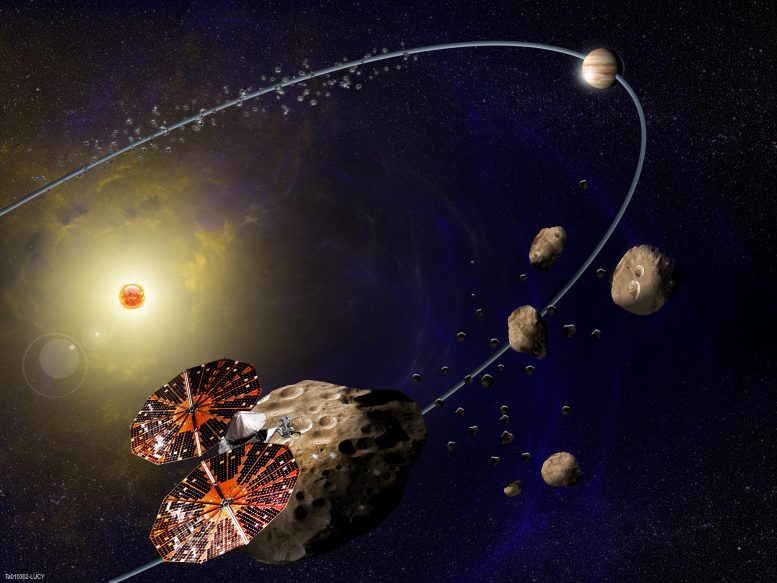
NASA’s Lucy mission, which launched on October 16, 2021, for the first reconnaissance of the Trojans, a population of primitive asteroids orbiting in tandem with Jupiter. In this artist’s concept (not to scale), the Lucy spacecraft is flying by Eurybates, one of the six diverse and scientifically important Trojans to be studied. Credit: Southwest Research Institute
The Lucy operations team has confirmed that NASA’s Lucy spacecraft has phoned home after its encounter with the small main belt asteroid, Dinkinesh. Based on the information received, the team has determined that the spacecraft is in good health and the team has commanded the spacecraft to start downlinking the data collected during the encounter. It will take up to a week for all the data collected during the encounter to be downlinked to Earth. The team is looking forward to seeing how the spacecraft performed during this first in-flight test of a high-speed asteroid encounter.
Asteroid Encounter Test
Dinkinesh, a small inner-main belt asteroid, is 10 to 100 times smaller than the Jupiter Trojan asteroids that are the mission’s main targets. The Dinkinesh encounter serves as a first in-flight test of the spacecraft’s terminal tracking system.
Lucy’s closest approach occurred at 12:54 p.m. EDT (16:54 UTC) at a distance within 270 miles (430 km) of Dinkinesh. However, there wasn’t much time to observe the asteroid at this distance as Lucy sped past at 10,000 mph (4.5 km/s).
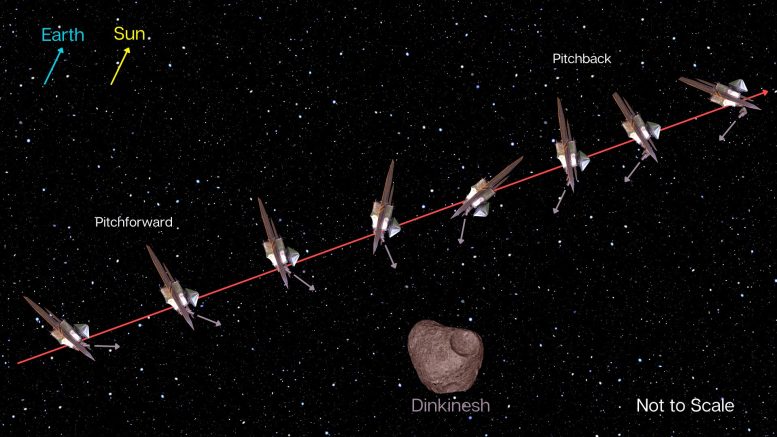
This graphic illustrates the expected motion of the NASA Lucy spacecraft and its instrument pointing platform (IPP) during the encounter with asteroid Dinkinesh. The spacecraft’s terminal tracking system is designed to actively monitor the location of Dinkinesh, enabling the spacecraft and IPP to move autonomously in order to observe the asteroid throughout the encounter. The yellow, blue, and grey arrows indicate the directions of the Sun, Earth, and Dinkinesh, respectively. The red arrow indicates motion of the spacecraft. Credit: NASA/Goddard/SwRI
Encounter Configuration and Data Collection
Two hours before closest approach, the spacecraft and the rotational platform that holds Lucy’s science instruments (the instrument pointing platform) were commanded to move into encounter configuration. After this point, the spacecraft’s high-gain antenna pointed away from the Earth and the spacecraft was not able to return data for the remainder of the encounter.
Shortly thereafter, the high-resolution grayscale camera on Lucy, L’LORRI, began taking a series of images every 15 minutes. (L’LORRI, short for Lucy’s Long Range Reconnaissance Imager, was supplied by the Johns Hopkins Applied Physics Laboratory.) Dinkinesh has been visible to L’LORRI as a single point of light since early September when the team began using the instrument to assist with spacecraft navigation. The team estimates that at a distance of just under 20,000 miles (30,000 km), Dinkinesh may appear to be a few pixels in size, just barely resolved by the camera.
This animation illustrates the expected motion of the NASA Lucy spacecraft and its instrument pointing platform (IPP) during the encounter with asteroid Dinkinesh. The spacecraft’s terminal tracking system is designed to actively monitor the location of Dinkinesh, enabling the spacecraft and IPP to move autonomously in order to observe the asteroid throughout the encounter. Credit: NASA/Goddard/SwRI
Instrument Observations and Closest Approach
In addition, Lucy’s thermal infrared instrument, L’TES, began collecting data. L’TES (formally the Lucy Thermal Emission Spectrometer, provided by Arizona State University) was not designed to observe an asteroid as small as Dinkinesh, so the team is interested to see if L’TES was able to detect the asteroid and measure its temperature during the encounter.
An hour before the closest approach, the spacecraft began actively tracking Dinkinesh using the onboard terminal tracking system. The spacecraft used T2Cam (the Terminal Tracking Cameras, provided by Malin Space Science Systems), to repeatedly image the asteroid. In the minutes around closest approach, this system is designed to autonomously reorient the spacecraft and its instrument pointing platform as needed to keep the asteroid centered in the cameras’ field of view. Testing this system was the primary goal of this encounter.
Advanced Imaging and Post-Encounter Maneuvers
Ten minutes before closest approach, the spacecraft was instructed to begin “closest approach imaging” with the L’LORRI instrument. In these images, taken every 15 seconds at three different exposure times, the asteroid will be several hundred pixels across, allowing the team an unprecedented view of this small main belt asteroid, which is estimated to be less than half a mile (1 km) in diameter.
Lucy waited until about six minutes before closest approach to begin taking data with its color imager (the Multi-spectral Visible Imaging Camera, MVIC) and infrared spectrometer (Linear Etalon Imaging Spectral Array, LEISA), which together comprise the L’Ralph instrument (provided by NASA’s Goddard Space Flight Center in Greenbelt, Maryland).
About six minutes after the closest approach, L’Ralph stopped taking data, and Lucy concluded the closest approach observations. By this time, the spacecraft was already almost 1,700 miles (2,700 km) past the asteroid. Lucy then began a maneuver referred to as a “pitchback” in which it reorients its solar arrays toward the Sun while the instrument pointing platform continues to autonomously track the asteroid as the spacecraft departs. This maneuver was designed to be carried out slowly to minimize spacecraft vibrations as the spacecraft moves its large solar arrays. L’LORRI imaged Dinkinesh throughout this process to monitor spacecraft stability.
Data Transmission and Observations Continuation
Once the spacecraft was over 8,000 miles (13,000 km) from the asteroid, Lucy stopped actively tracking the position of Dinkinesh. From that point on, the team expects the asteroid to remain visible to the spacecraft’s cameras without the need to reposition the spacecraft or instruments.
Two hours after closest approach, the L’TES instrument was instructed to stop taking data. L’LORRI will continue periodically observing the asteroid for another four days to monitor the light curve of the asteroid.
Once Lucy turns its high-gain antenna back toward Earth, it will be able to resume communications, with an approximately 30-minute light-travel-time delay in each direction. The team received the first signal from the spacecraft within two hours of closest approach. After assessing the health and safety of the spacecraft, the team commanded the spacecraft to begin downlinking the data taken during the encounter. It will take up to a week for all data to be returned to Earth via NASA’s Deep Space Network.

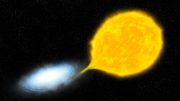

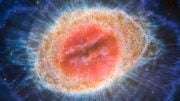
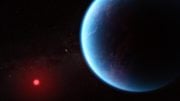
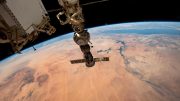
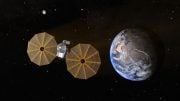

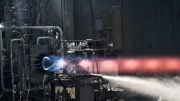
Be the first to comment on "NASA’s Lucy Spacecraft Successfully Completes First Asteroid Flyby"